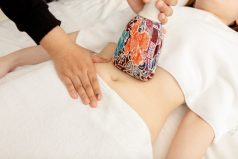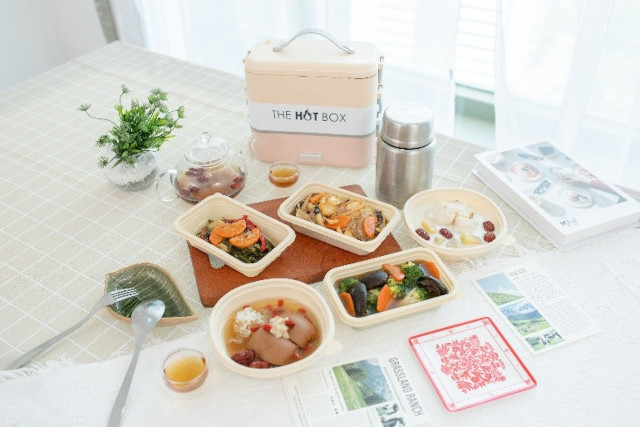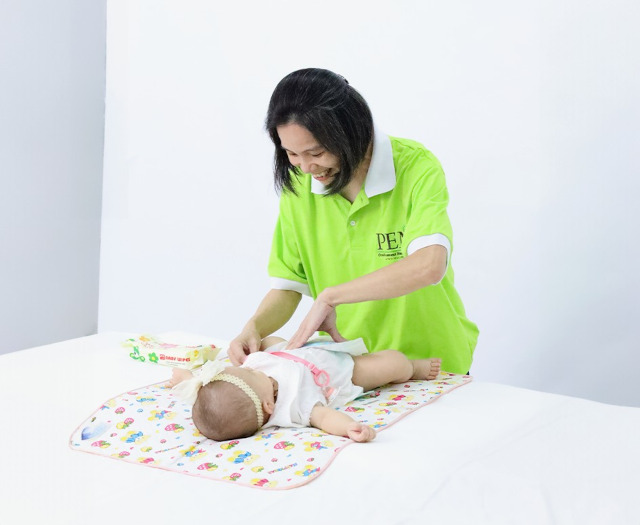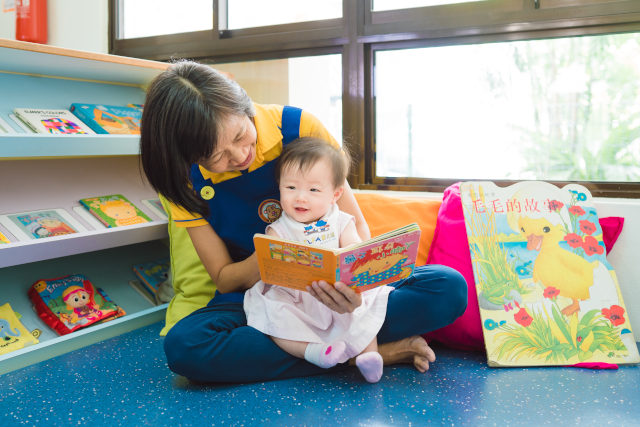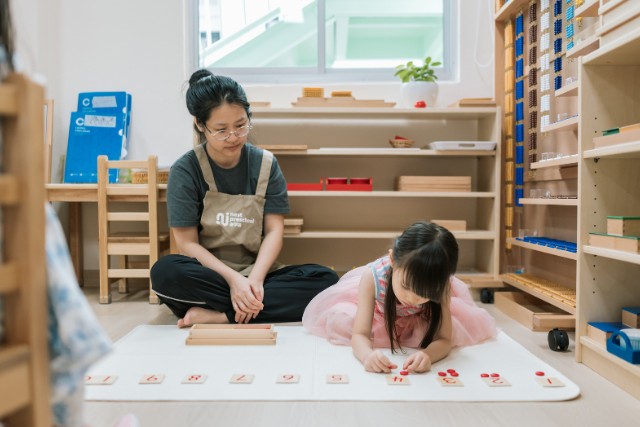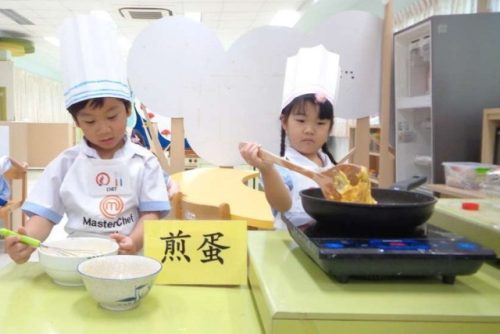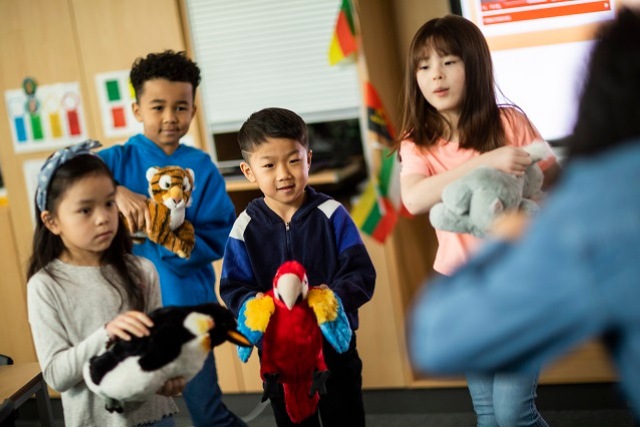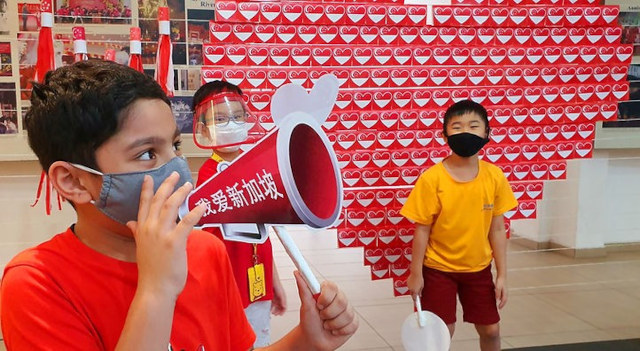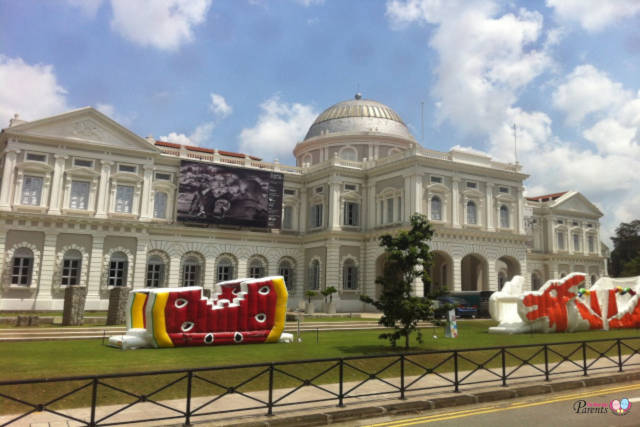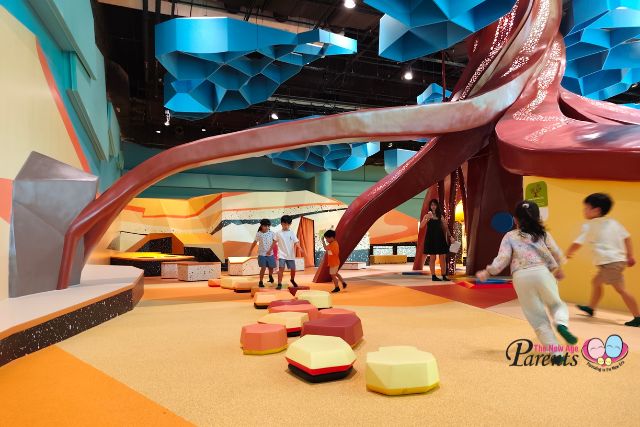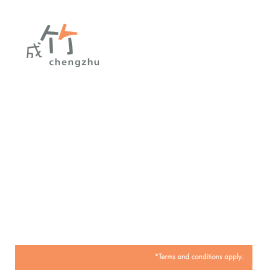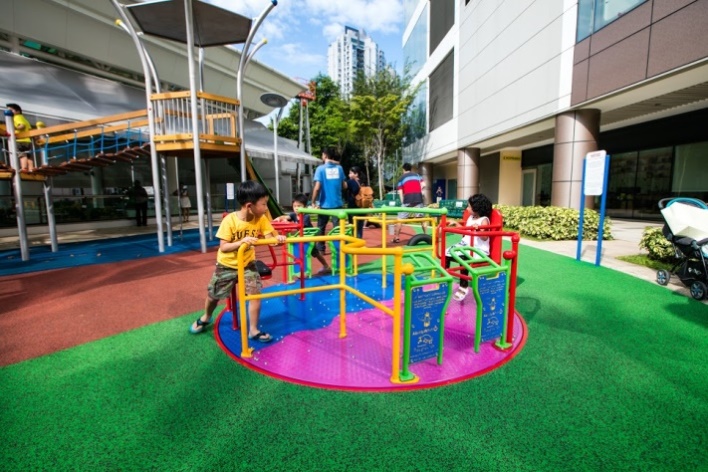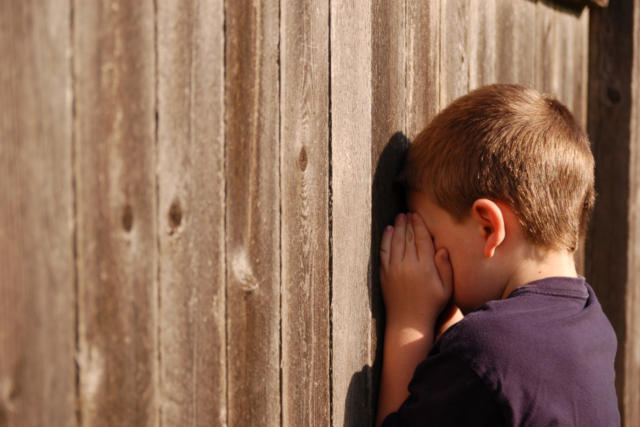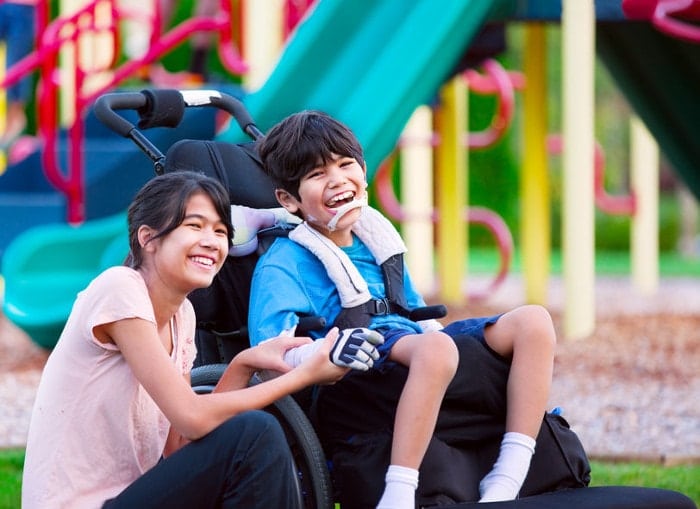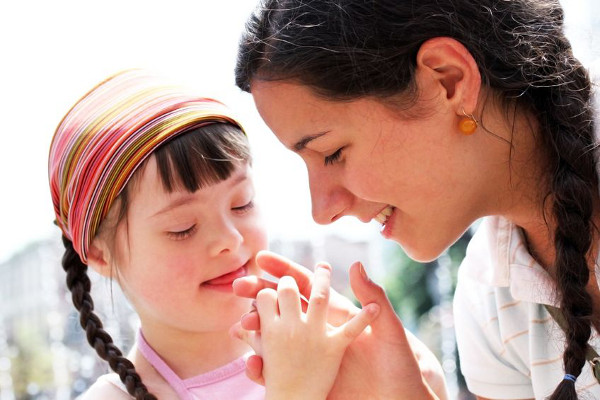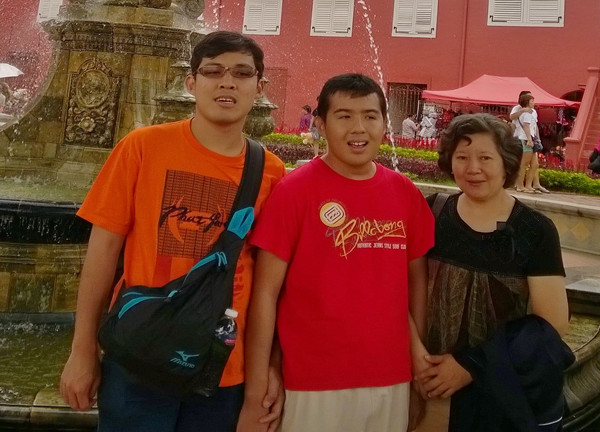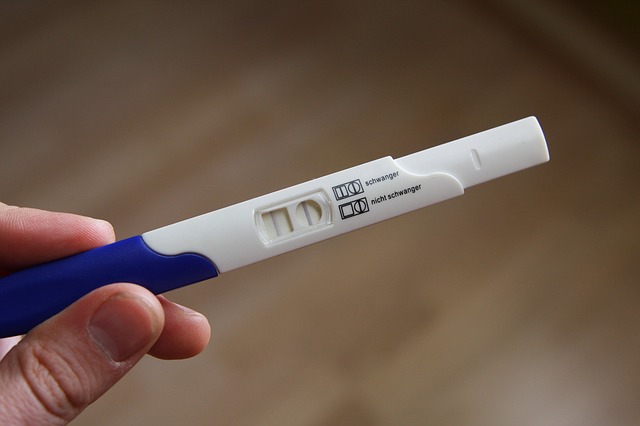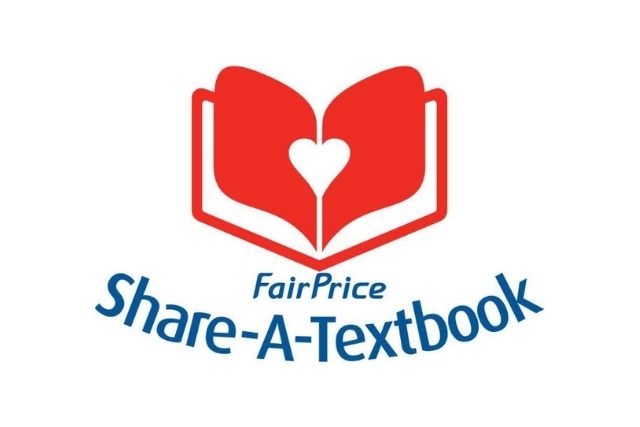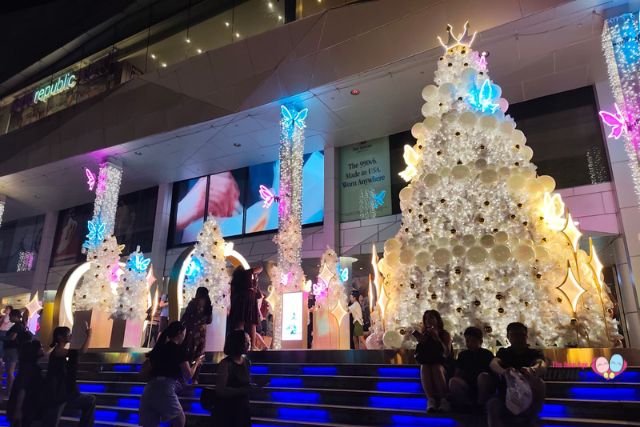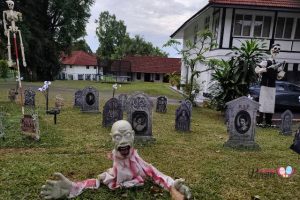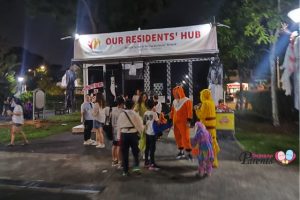The words “leukaemia” and “cancer” will strike fear into even the most iron-willed parent’s hearts. And, for good reason.
The thought of your little one suffering in pain from a ravaging illness is an unbearable one.
So, what if we told you that you could possibly save a child’s life just by giving your stem cell?
We’re talking about bone marrow donation, and it’s a huge difference you can make to a very sick child’s life if you were a match.
Who gets blood diseases?
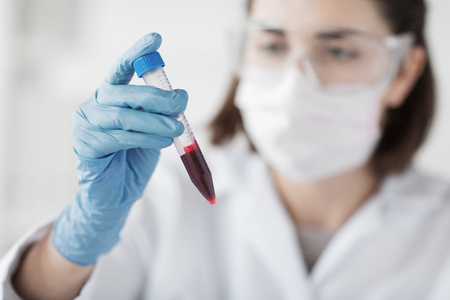
Blood diseases can strike anyone. The truth of the matter is, they’re not a result of lifestyle choices – whether it is habitual or dietary. People are afflicted with such blood diseases in part due to genetics, in part due to bad luck.
And there’s no differentiating based on race, age or gender when it comes to your chances of having a blood disease.
Singapore sees about 2,000 new cases of patients who suffer from some form of blood disease each year. That’s 6 new patients diagnosed every day.
Common blood diseases in Singapore among children
There are many types of blood diseases that can strike: more than 70, in fact. Some are more common than others while others are extremely rare.
So what type of blood diseases can be cured with a bone marrow transplant?
There are cancers like leukaemia (cancer of white blood cells), lymphoma (cancer of the lymphatic system) and myeloma (cancer of plasma cells). There are also diseases like Severe Combined Immunodeficiency (SCIDs), Severe Aplastic Anaemia, and Thalassemia.
Leukaemia is the most common cancer among children. It sounds scary, but the silver lining is that Singapore has one of the highest treatment rates for childhood leukaemia in the world; 80-90% of children diagnosed with leukaemia here in Singapore are cured.
This means that your bone marrow donation could potentially save the life of a child.
⇒ Related Read: Overcoming Leukemia: Reshvren’s Story
How do bone marrow transplants work?
Blood diseases and cancers are typically treated with bone marrow transplants. The premise is simple and straightforward: the diseased marrow is replaced by healthy marrow from a generous donor.
Prior to the transplant, the patient will go through a preparation regimen to destroy as many of the diseased cells in the patient’s body so that the new stem cells can take their place.
The bone marrow or stem cells are infused into a patient, similar to a blood transfusion procedure. These stem cells are able to migrate to the spaces in the bones and take their places where the diseased marrow used to be.
In about two or three weeks, the transplanted stem cells will start to produce their own normal cells and platelets once more.
Bone marrow donation process
If you’re feeling wary about the process, you’ll be glad to know that deciding to help can be as easy as sitting through a blood donation procedure.
There are two methods of bone marrow donation. However, depending on a patient’s treatment regimen, donors can choose their preferred method of donation.
The first method is the Bone Marrow Harvest, where the marrow is removed from the pelvic bone using a special needle in a 45 to 60 minute procedure under general anaesthesia. The total amount of bone marrow harvested is less than 5% of the body’s total marrow and is naturally regenerated within 4 to 6 weeks.
The second method is Peripheral Blood Stem Cell (PBSC) Harvest, a 5 to 7 hour procedure where blood stem cells are collected, and it is very similar to blood donation.
Four days prior to the day of collection, the donor will receive daily injections of a natural hormone called G-CSF to increase the number of blood stem cells in the bloodstream. As only stem cells are collected, your remaining blood is returned to you through your other arm.
Some common misconceptions
One of the most common misconceptions is that bone marrow donation is painful.
This is not true, as you have read above. You can choose to do it via general anaesthesia in a 45 to 60 minute surgical procedure, or in a 5 to 7 hour procedure that is much similar to a blood donation.
Another misconception is that bone marrow donation can cause long-term infertility.
How a match can save a person’s life
Every person suffering from a blood disease or cancer has a 1 in 20,000 chance of finding a matching bone marrow donor.
Donors who join the registry and are willing to make the donation help patients greatly if they are found as a match, as finding a match is not as easy as matching blood types.
Donors and patients are matched according to their human leukocyte antigen (HLA) tissue type, which are markers found on most cells in your body. These cells are recognised by the immune system as belonging to the body, or not.
If you are a match, you are possibly that one person out of 20,000 who matches a patient.
Which public hospitals can parents go to seek treatment for their children? Where can families look for financial help?
For patients suffering from blood diseases and cancers, finding a bone marrow match is the first step in the war against the illness. Often time, they find the treatment a huge financial strain, from the point of the transplant all the way to the follow-up treatments involved.
Take heart that there are charities and foundations that offer financial aid to those who need it.
- Leukemia and Lymphoma Foundation
- Singapore Cancer Society
- National University Cancer Institute
- Children’s Cancer Foundation
- Club Rainbow
Ultimately, bone marrow donation can make a huge difference to the lives of children who suffer from blood diseases and cancers.
Take the first step and register today – every entry in the registry improves someone’s chances of finding a life-saving match. Visit Bone Marrow Donor Programme for more info.
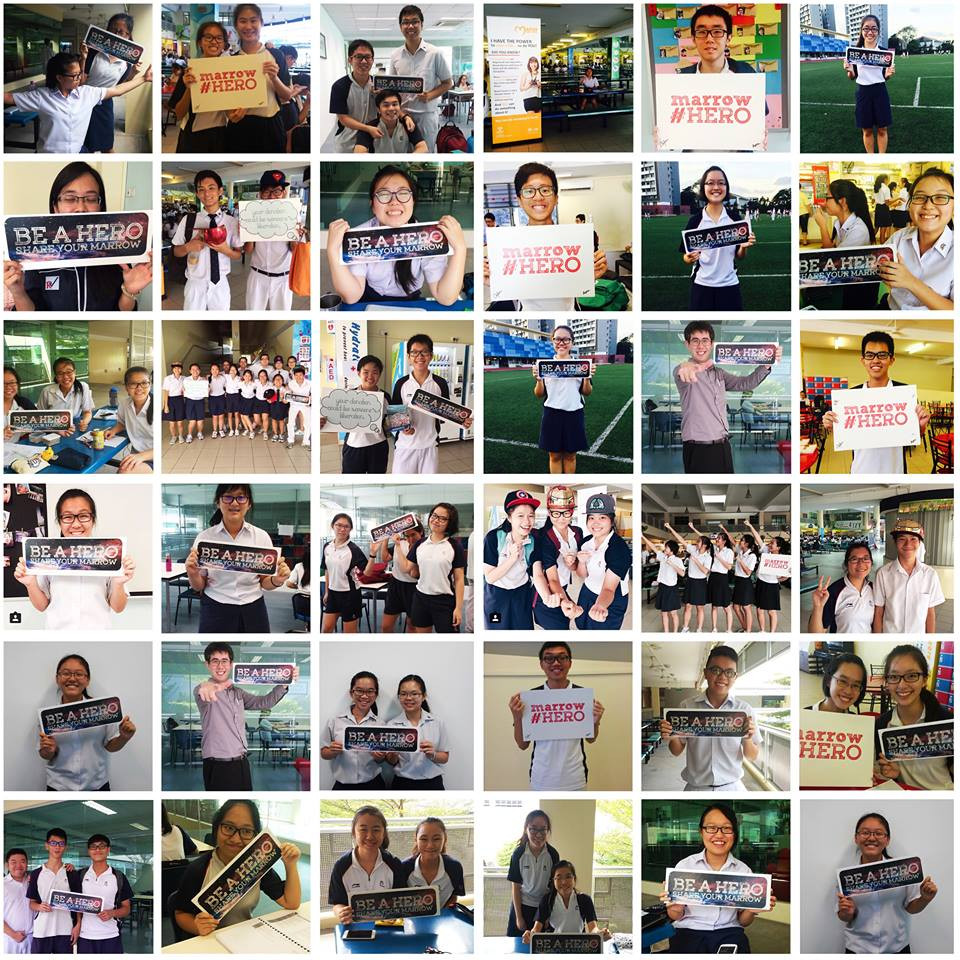
If you are not ready to sign-up just yet or would like to take this message further, you could join the BMDP as an ambassador.
As an ambassador, you would be empowered with all the tools needed to be a voice for patients and find donors from among your friends, family members and loved ones. Either way, as an ambassador or donor you can play a part in giving a patient the hope of a tomorrow.
This article is contributed by Kelly Ang for The Bone Marrow Donor Programme.
* * * * *
Like what you see here? Get parenting tips and stories straight to your inbox! Join our mailing list here.
Want to be heard 👂 and seen 👀 by over 100,000 parents in Singapore? We can help! Leave your contact here and we’ll be in touch.



